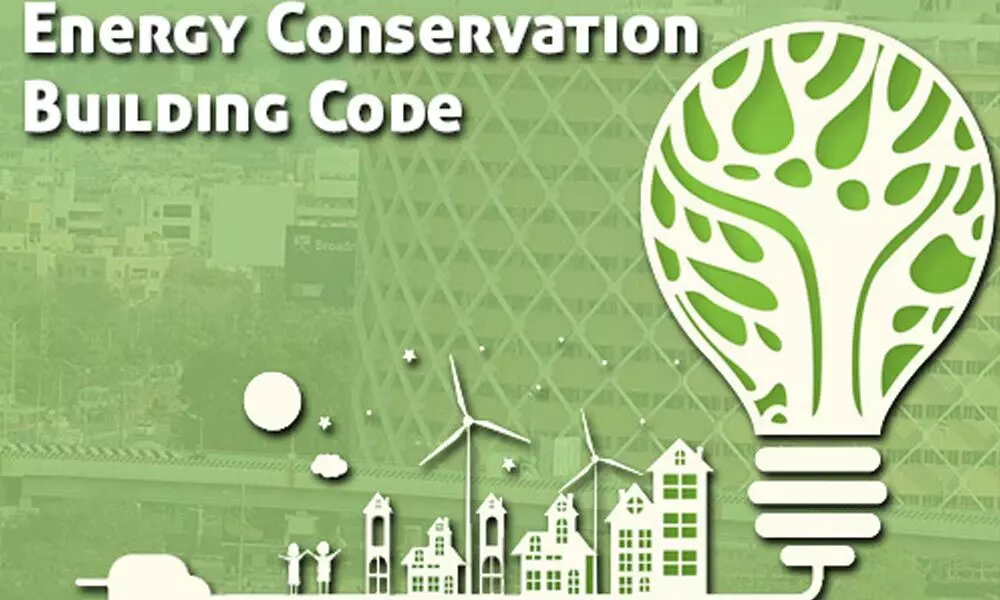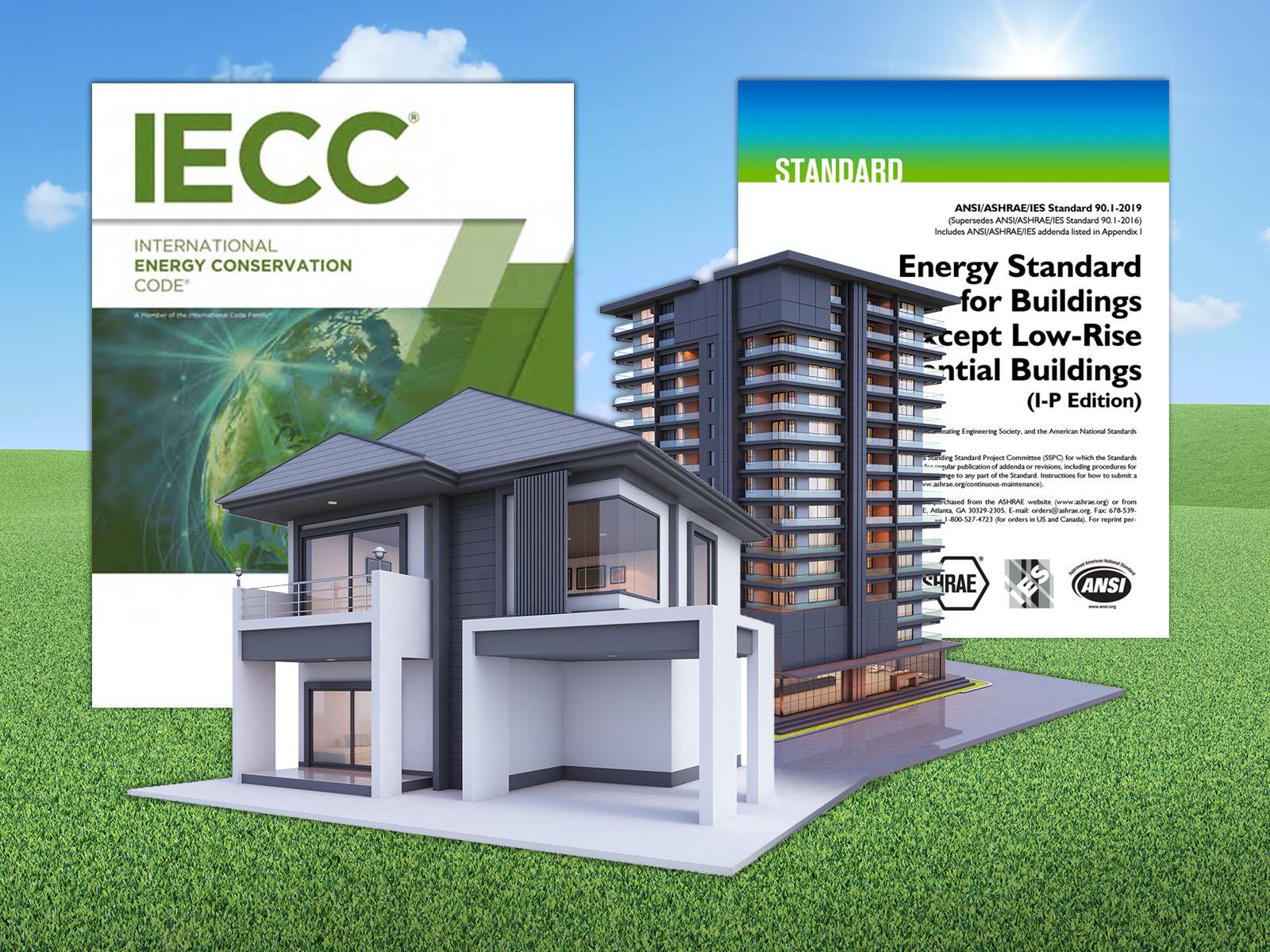Energy Saving Building Codes
A mandatory energy-saving building code has been passed in Telangana and Andhra
Pradesh, which are now both states กระจกขุ่น. The new energy-saving code was adopted with
the help of the Natural Resources Defense Council (NRDC) and city and state
officials. In order to encourage energy-efficient construction, the two states teamed
up with the NRDC and Administrative Staff College of India. Energy-saving building
codes are an important part of the sustainable construction process and will be
adopted in both states after the bifurcation.

Although the results of conservation efforts are not easily discernible, substantial
progress has been made in the monitoring and assessment of these projects Chiefway Thailand.
Energy-saving building measures are becoming an accepted practice on both the
local and international level. The benefits for consumers and governments are
staggering, especially when heavy subsidies are included. In addition, the cost-
effectiveness analysis can be tailored to suit the prevailing prices and the extent of
governmental subsidies. With these benefits in mind, governmental programs are
starting to gain wider acceptance.
A key component of an energy-efficient building code is its stringency. New buildings
should be at least 20% more energy-efficient than a similar existing building. This
will allow cities to make significant energy-saving improvements without having to
rewrite the entire code. Consequently, they will benefit the economy and the
environment. If the energy-saving building code is adopted, it will result in an
increase in sales and profitability. It will also reduce carbon emissions from
buildings, which account for about 40% of all greenhouse gas emissions in the U.S.
and up to 75% in some cities.
The cost-effectiveness of energy-saving building improvements is crucial for
reducing energy bills. In fact, it can help to offset any initial capital cost increase.

Many energy-saving technologies are inexpensive, with the benefits far outweighing
the initial costs. These costs can be recovered over time as the energy savings
offset the increased capital cost. In addition, the capital costs of energy-saving
buildings are much lower than those of traditional buildings. The energy-saving
improvements are proven and effective.
Buildings should be refurbished as soon as possible if they are not yet certified as
energy-efficient. There are several factors that contribute to energy-saving building
regulations. One of the most important factors is building insulation. High-quality
insulation is essential for the building’s thermal comfort. This is crucial in many
buildings. As long as the building is not older than 15 years, energy saving measures
will improve its energy efficiency. A building can save up to 60% of its original
energy bill.
A study based on the main intentions of governments to reduce energy use in future
will help countries reduce their carbon footprint. The report includes two projections
for future energy demand based on international comparisons. The upper projection
indicates modest improvements in energy efficiency while the lower projection
shows the final energy consumption per dwelling. The study also uses the main
energy-saving policies of several countries. This makes energy-saving building a
necessity for the country and is an important part of the overall economic structure.

